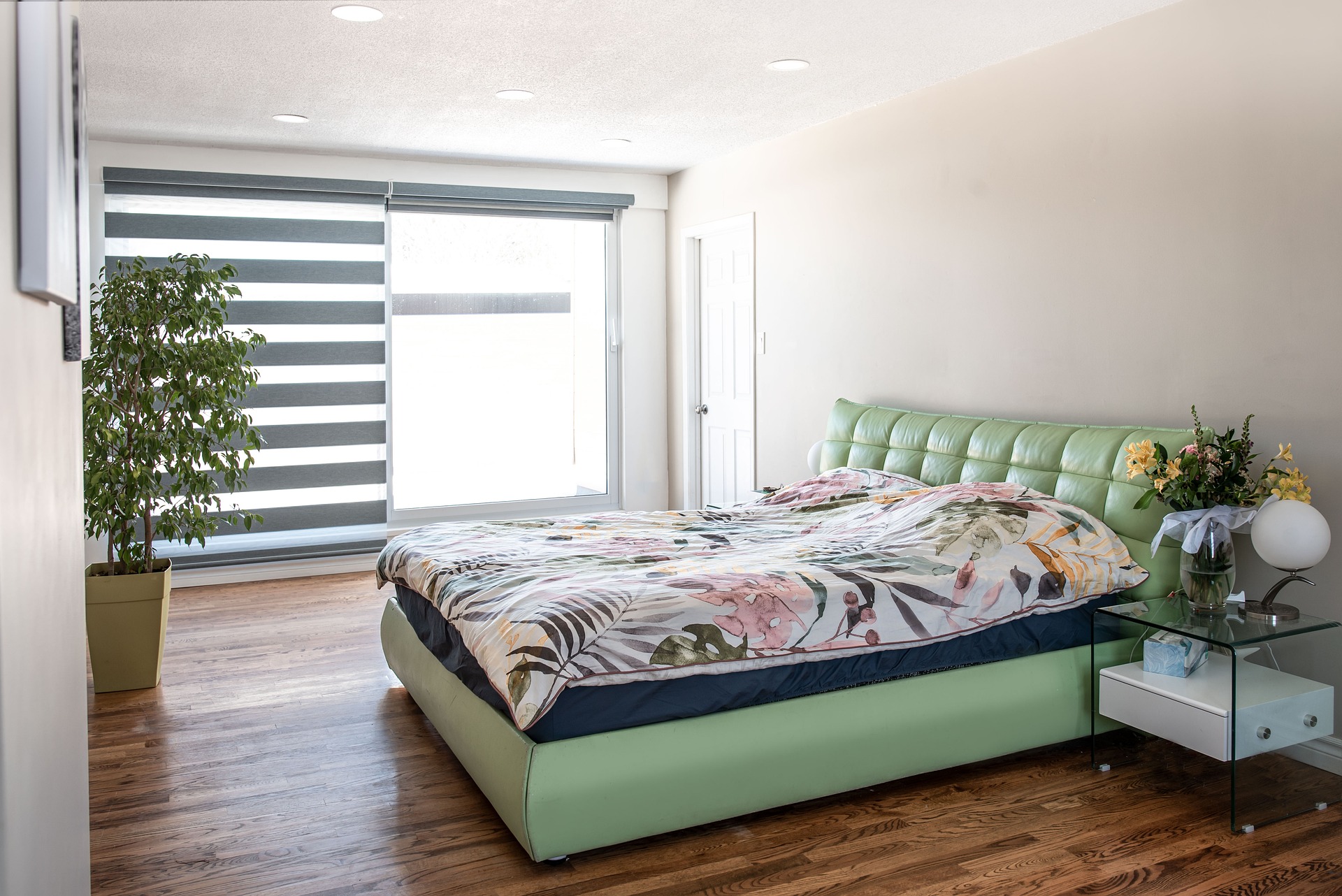Understanding the Interplay Between Anxiety and Physical Health
Anxiety is a common human experience, often manifesting as a feeling of unease, such as worry or fear, that can be mild or severe. It is a natural response to stress or perceived danger and is integral to survival. However, chronic, uncontrolled anxiety can have a significant impact on an individual's mental and physical health. This article explores the intricate relationship between anxiety and physical health, shedding light on the historical perspective, current relevance, and unique insights into this topic.

The Historical Perspective: Anxiety as a Survival Mechanism
Historically, anxiety was recognized as a survival mechanism. Our ancestors relied on the ‘fight or flight’ response, an acute anxiety response, to face threats in their environment. This response involved physiological changes such as an increased heart rate and heightened alertness to prepare for immediate action. This survival mechanism is still present in modern humans, although the sources of stress have changed drastically.
As society evolved, stressors became less about immediate survival and more about psychological and social pressures. With this shift, the fight or flight response, which was beneficial for our ancestors, began to cause more harm than good. Chronic activation of this response, due to persistent stressors, began to take a toll on physical health, leading to the recognition of anxiety disorders as a health concern.
Current Relevance: The Prevalence of Anxiety Disorders
In the modern world, anxiety disorders are some of the most common mental health problems. According to the World Health Organization (WHO), globally, one in thirteen people suffers from an anxiety disorder, making it a significant public health problem. The prevalence of anxiety disorders has been linked to various societal changes, such as increased pressure to succeed, isolation, and the rapid pace of life.
Besides the mental distress, chronic anxiety is associated with several physical health problems, including heart disease, digestive problems, respiratory disorders, and immune system dysfunction. Chronic anxiety can trigger a constant stress response, leading to prolonged periods of elevated heart rate, blood pressure, and inflammation, which can damage bodily systems over time.
The Impact of Anxiety on Physical Health
Numerous studies have demonstrated the impact of anxiety on physical health. Chronic anxiety can lead to high blood pressure, a risk factor for heart disease. It can also aggravate digestive problems like irritable bowel syndrome and lead to respiratory disorders like chronic obstructive pulmonary disease (COPD). Additionally, chronic anxiety can suppress the immune system, making individuals more susceptible to infections.
Anxiety can also indirectly affect physical health. People with anxiety disorders are more likely to lead sedentary lives, avoid physical activity, and have unhealthy habits like smoking and overeating, further impacting their physical health and well-being.
The Interplay Between Anxiety and Physical Health: A Two-Way Street
While it’s clear that anxiety can lead to physical health problems, the relationship between the two is actually bidirectional. Physical health problems can also lead to anxiety. Chronic illnesses, such as heart disease or diabetes, can cause significant stress and worry, leading to anxiety disorders. Even minor health problems can trigger health anxiety, a type of anxiety disorder where individuals have an excessive fear of having a serious disease.
This complex interplay between anxiety and physical health underscores the importance of a holistic approach to health and well-being. It highlights the need to not only treat physical symptoms but also address mental health issues to improve overall health and quality of life.
Future Directions: Addressing Anxiety to Improve Physical Health
The strong connection between anxiety and physical health has significant implications for health care. It calls for an integrated approach where mental health is considered as important as physical health in treatment plans. There is increasing recognition of the need for mental health screenings in routine medical care to identify and address anxiety disorders early.
Moreover, lifestyle modifications, such as regular exercise, a healthy diet, adequate sleep, and stress management techniques, have been shown to improve both anxiety and physical health. Future health promotion strategies should, therefore, emphasize the importance of these lifestyle changes in managing anxiety and improving physical health.
In conclusion, understanding the interplay between anxiety and physical health is crucial to promote holistic health and well-being. As we continue to unravel this complex relationship, we can develop more effective strategies to manage anxiety and improve physical health, enhancing the quality of life of individuals worldwide.




